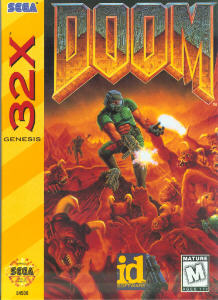 |
 |
 |
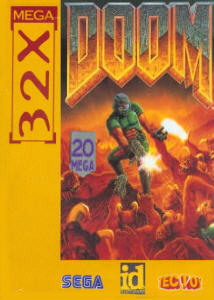 |
|
|
|
|
|
 |
 |
 |
 |
|
|
|
|
|
PACKAGING (United States)
The packaging design
for 32x software released in the United States is bold and interesting,
with bright colors and generally beautiful artwork. Standardization of
software packaging has been around since the Atari 2600, but there have
usually been a few software producers who decided to go against the norm
and produce their own style of packaging, with varying degrees of success.
Regrettably, the 32x didn't last long enough in the marketplace to inspire
much creativity, and all game packaging follows the standard 32x format.
This is not a bad thing, as there is something to be said for standard
packaging if it's done right and the artwork for the individual games is
attractive. The 32x box design was successful in presenting a bold, exciting
statement that set it apart from its 16-bit cousins, yet still identified
it as being part of the Sega Genesis family. When browsing through a stack
of boxed Genesis games, you should be able to immediately spot the 32x
games that will often be hidden in the pile.
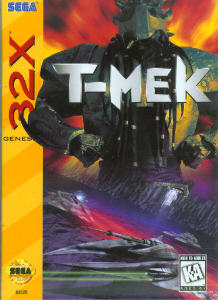 |
 |
 |
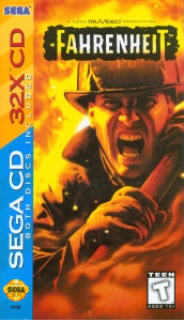 |
Games for the 32x are
packaged in two different sized boxes. The standard cartridge games come
in a box measuring 7 inches long, 5 inches wide, and 1 inch deep. The larger
box for the CD games measures 8 1/4 inches long, 5 3/4 inches wide, and
1 inch deep. The basic package color/pattern on all domestic 32x
boxes is a bright yellow-orange striped design, with a thick stripe of
the same alternating colors running down the left front side and a large
"32X" logo displayed prominently. The box design is very similar to the
later Sega Genesis games, except that the Genesis games are colored deep
red rather than yellow-orange. The basic yellow-orange color has a wide
range of hues depending on the game, ranging from plain yellow to orange-yellow.
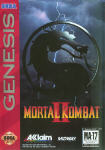
Genesis Red |

32x Yellow |
Unfortunately, most
of the 32x games come packaged in flimsy, cheaply produced cardboard boxes
that have a tendency to fall apart if not treated and stored with great
care, similar to the boxes for the Nintendo and Atari systems. The cartridge
boxes employ a "sleeve" design, with the outer cover being open on both
ends. The inner "liner" fits the sleeve snugly and has an indention in
the middle where the cartridge sits. This indention for the cartridge is
made by cutting a portion of the liner into a star pattern and folding
the cuts downward to form the indention. The liner has fold-in tabs on
both ends, and the instruction booklet and promotional materials are stored
inside the liner. This is a very poor design in my opinion, as the cutouts
tend to bend and tear whenever the instruction book in pushed back into
the box. The tips and sides of the boxes bend and fray easily, and the
whole affair just screams "cheap!" It's a real shame Sega didn't stick
with the plastic clamshell boxes that came with most of the early Genesis
games and all of the Sega Master System games- the plastic boxes hold up
quite well and encourage gamers (and future collectors) to actually keep
the boxes and instructions intact. Surprisingly enough, behemoth game publisher
Acclaim decided to take the high road and released some of their 32x games
(NBA Jam, NFL Quarterback Club, and the two WWF
games)
in the sturdier plastic clamshells. (Acclaim is best known for publishing
the Mortal Kombat games, as well as a slew of dreadful games
based on movie licenses and well known characters.) If you serious collectors
out there do happen to run across some extra 32x game boxes at a cheap
price, you would be wise to pick them up and keep the inserts as extras.
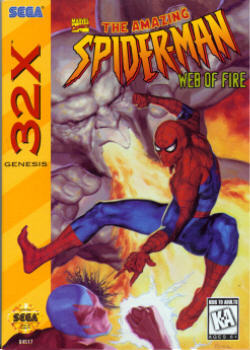
Outer Box with Open Ends |

Insert with Cut-Out |
Box construction for
the CD games is a bit better and sturdier, similar to the packaging for
European Sega Saturn games. The boxes are made of heavy grade cardboard
and employ a folding box-with-top design that opens easily and stores the
CD, instructions, and promotional materials safely and conveniently. The
box does have a bit too much room, and the contents of the box tend to
shake around a bit. The CD itself is packaged inside a CD-sized envelope
made of a paper/fabric hybrid, while the box features a cardboard partition
to hold the CDs. Unfortunately, the boxes tend to warp with time and the
edges are prone to tearing and separation, occasionally making the boxes
difficult to close correctly.
 |
 |
|
|
|
The only 32x CD game
that does not use the cardboard box is Fahrenheit, which
uses the hard plastic folding cases normally reserved for domestic Sega
CD and Saturn games. Oddly enough,
Fahrenheit comes with
2 Cd's- the regular version for the Sega CD, and the "enhanced" version
for the 32x. The Sega Cd "Disk 1 Key Disk" must be inserted before the
2nd 32x-specific Cd will boot up. The package design combines elements
of both the Sega CD (blue) and the 32x (yellow-orange.) Evidently, Sega
found it more cost-effective to release the game for both systems packaged
in one case, rather than sell the games separately. Those of you familiar
with the larger plastic CD cases know that they can be great for the collector
since they allow for bigger and better box art and larger instruction manuals.
Too bad they crack and break so easily.
 |
 |
|
|
|
PACKAGING (Europe)
European Boxes look
completely different from their American counterparts, with black replacing
yellow-orange as the predominant color theme. Games destined for the European
market have a more modern, “techno” design with a green gridwork over a
black background. Like the domestic boxes, European boxes are made
of cardboard and tend to wear and tear very easily. They employ a slightly
sturdier insert design that comes out an open end from one side of the
outer box, rather than at both ends. The insert features a star-like cut-out
indention for the cartridge, just like the American versions. Instruction
manuals for the European markets tend to be very thick as heavy since they
must make room for several different languages in one book, making the
entire package slightly heavier than the American games.
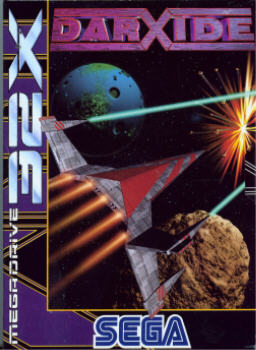
Outer Box with Open End |
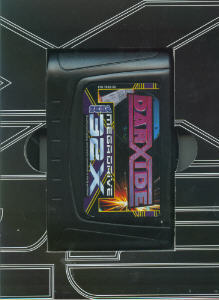
Insert with Cut-Out |
Back
in the early 90's, game makers weren't quite sure how to package the new
CD format. Sega went with bulky plastic cases for the Sega CD and Saturn,
while 3DO and early Playstation games appeared in oversized cardboard cases.
European 32x CD games bucked Sega's curse of the grossly oversized box,
instead appearing in standard-sized plastic cases.
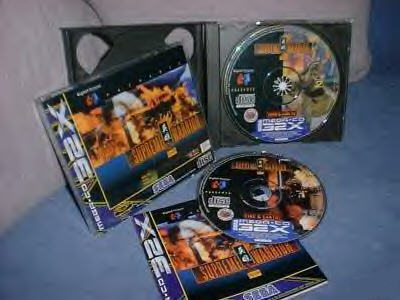
Supreme Warrior
CD, Euro-style
PACKAGING (Japan)
Japanese boxes are
an even flimsier variation of their American counterparts, composed of
light cardboard box that folds at either end, much like a Super Nintendo
or Nintendo 64 game box. The insert is a bit different (and nicer) than
its American cousin, with a shallow "bathtub" design.
 |
 |
|
|
|
PACKAGING (South America)
South America (Brazil
in particular) got the best deal when it came to sturdy packaging. Mega
Drive 32x games are packaged in tough plastic clamshell boxes that feature
a snap-in mechanism to hold the cart firmly in place. South American 32x
boxes are similar to the ones used in most Sega Genesis releases, as well
as the 4 Acclaim titles mentioned above. Sega switched to the cheap plastic
boxes for the last Genesis releases, and used them for all the American
32x games as well. Tec Toy (The Brazilian toy company that liscenced many
of its games from Sega) used plastic clamshell boxes for most of their
Mega Drive (and Master System) games.
 |
 |
|
|
|
BOX ART
Even though the entire 32x library was released over the course of only one year, the box art that appears on the game's packaging reflects a wide range of graphical styles. Like the Genesis (which saw a wide range of box art over its nearly 8 year life span), the 32x has a respectable number of beautiful boxes, plus a few duds as well.
Some of the best...
 |
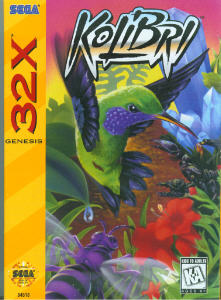 |
 |
|
|
|
|
And some of the worst...
 |
 |
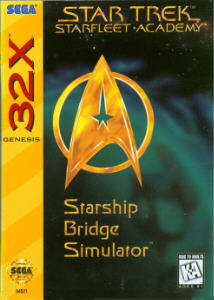 |
|
|
|
|
The
majority of the 32x box art was generally the same for all markets, though
there are some variations. The rare U.K. release of Primal
Rage features a rather silly cover,
while the box art for the U.K. port of
Virtual Fighter is
much cooler than its American counterpart.
 |
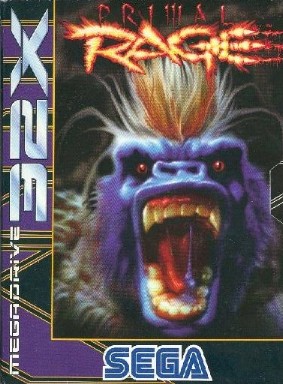 |
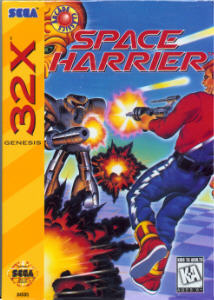 |
 |
 |
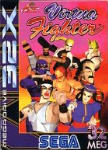 |
Game companies often
sent early versions of box art to gaming publications and retailers in
an attempt to generate enthusiasm for their upcoming releases. Oftentimes,
early promotional material is far different from the released versions.
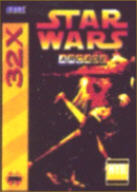 |
 |
 |
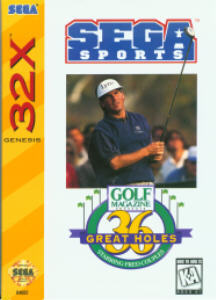 |
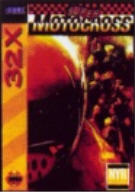 |
 |
 |
 |
 |
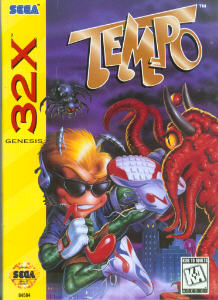 |
The
artwork for a box cover will generally go through several evolutionary
changes before its final approval. The two box covers for X-Men:
Mind Games shown below illustrate
the changes that that occur during a game's design. The image on the left
depicts an early stage in the artwork's design; the image on the right
is an obvious variation of the first, only enhanced and refined. The second
image is probably close to what would have appeared on store shelves had
the game been released.
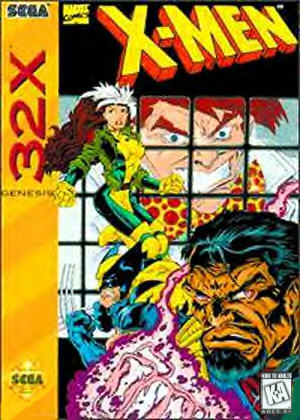 |
 |
|
|
|
Judging by the original
box art, it seems that the tepid
Zaxxon's Motherbase
2000 began its life simply as Motherbase.
Sega probably realized late in development that
the game was terrible and added the classic "Zaxxon" moniker in a attempt
give the game some panache and otherwise fool the game buying public. Sega
didn't even bother to add change the artwork... they just added some text
and sent it out the door.
 |
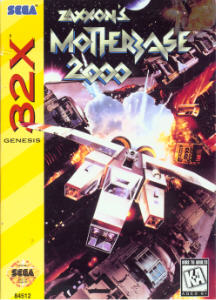 |
Occasionally, a game
will discard not only its box design but its name as well. Stellar
Assault would be released in Japan and Europe, but it would
change its name to
Shadow Squadron
for the American market. Japan's Cyber Brawl
would change into Cosmic Carnage for
its American and U.K. release (the American version of Cosmic
Carnage has the Japanese Cyber Brawl hidden inside
it, accessible through a code. The hidden game contains several different
characters not present in Cosmic Carnage.)
 |
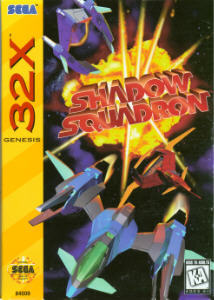 |
 |
 |
Packaging for the actual
32x hardware is similar for all markets, featuring large pictures of the
console itself. Sega made sure to include the original Genesis console
on the packaging, most likely in an attempt to alert consumers that the
32x was not a stand-alone system.
 |
 |
 |
|
|
|
|